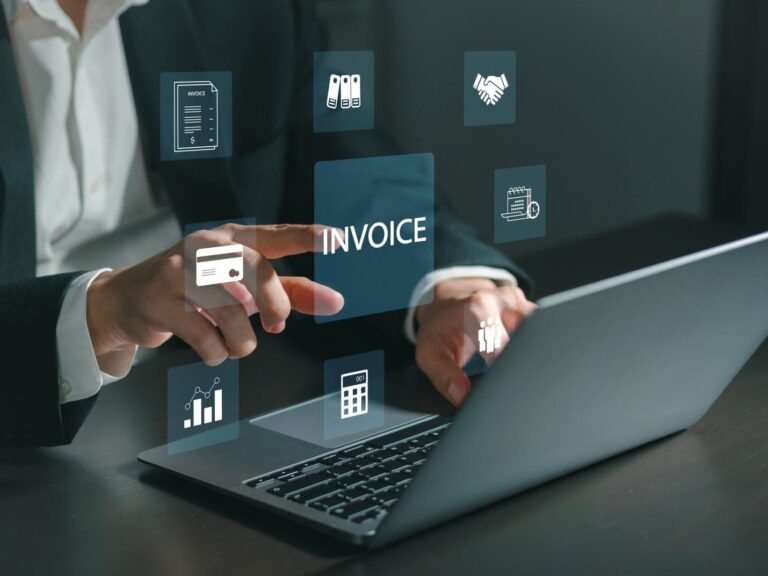Are you still relying on manual invoice approval? If so, you shouldn’t. Why? Because, while it might seem cost-effective to review and approve invoices manually, hidden costs quickly add up—delayed payments, processing errors, increased fraud risk, and strained vendor relationships.
In today’s fast-paced financial landscape, these inefficiencies can disrupt cash flow and put businesses at a disadvantage compared to those leveraging automation for faster, more accurate approvals.
1. Time consuming processes
Multiple processes are involved in manually approving invoices: receiving, confirming, matching with purchase orders, securing approvals, and processing payments. When carried out manually, this procedure results in long approval times, and missed paperwork.
2. High labor costs
Invoice processing, obtaining approvals, and settling disputes take up a significant amount of an AP team’s time. Manual invoice approval requires specialized staff, which increases labor expenses. Even worse, companies are forced to hire more workers or overload existing staff as invoice numbers increase, which results in mistakes and exhaustion.
4. Lack of visibility and control
It becomes difficult to track invoice statuses in the absence of a centralized system. Delays and disappointment result from AP teams’ inability to determine where an invoice is in the approval process. Additionally, when companies rush to gather approval records and paper trails, a lack of transparency can make compliance audits a nightmare.
How Invoice Approval Software Can Help?
Invoice approval software eliminates inefficiencies by automating invoice workflows, reducing errors, and improving transparency. Let’s see how:
1. Automated workflows
Invoices are automatically sent to the appropriate approvers using invoice approval software, which follows preset workflows. This eliminates manual exchanges, reducing approval time from days to hours.
2. Lower labor costs and increased efficiency
By automating repetitive work, AP teams may concentrate on more valuable activities. Businesses can grow without increasing expenses by not adding more employees.
3. Error reduction
Built-in validation checks in invoice approval software make sure that invoices match contracts and purchase orders before approval. AI-based fraud detection is one feature that helps identify suspicious transactions and protects companies from financial risks.
4. Real-time visibility
A centralized dashboard provides complete visibility into invoice statuses, approval issues, and payment deadlines.
Businesses can monitor performance metrics, ensuring smooth AP operations and compliance.
5. Capture early payment discounts
By speeding up the approval process, businesses can take advantage of early payment discounts by avoiding late fees. This directly contributes to improved cash flow management.
6. Seamless integration with ERP
The need for manual data entry is eliminated by the seamless integration of current invoice approval software with accounting and ERP systems. This results in improved decision-making and accurate financial reporting.
Manual processing is costly and inefficient due to labor costs, delays, mistakes, and compliance issues. These problems are removed by invoice approval software, which increases transparency, streamlines processes, and lowers errors.
With automation, the process guarantees faster & better decision-making, 100% adherence to compliance, strengthens vendor relationships and saves money.




